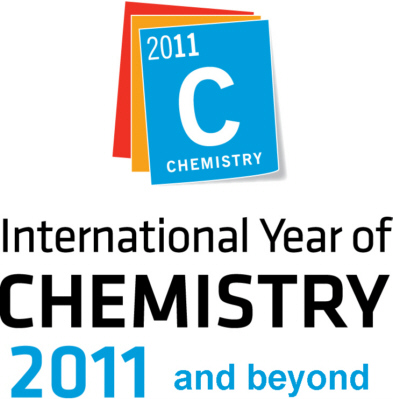Course Code: CHEM2402
Semester: 1
Number of credits: 3 credits
Pre-requisites: CHEM1901/CHEM1902 or HOD permission
Note: Can not be used as an elective for a Major in Chemistry, except Chemistry and Education.

|
Course Title: Chemistry in our Daily Lives Course Code: CHEM2402 Semester: 1 Number of credits: 3 credits Pre-requisites: CHEM1901/CHEM1902 or HOD permission Note: Can not be used as an elective for a Major in Chemistry, except Chemistry and Education. |

|
 Return to Chemistry, UWI-Mona,
Home Page
Return to Chemistry, UWI-Mona,
Home Page
Copyright © 2011-2016 by Robert John Lancashire, all rights reserved.
Created and maintained by Prof. Robert J. Lancashire,